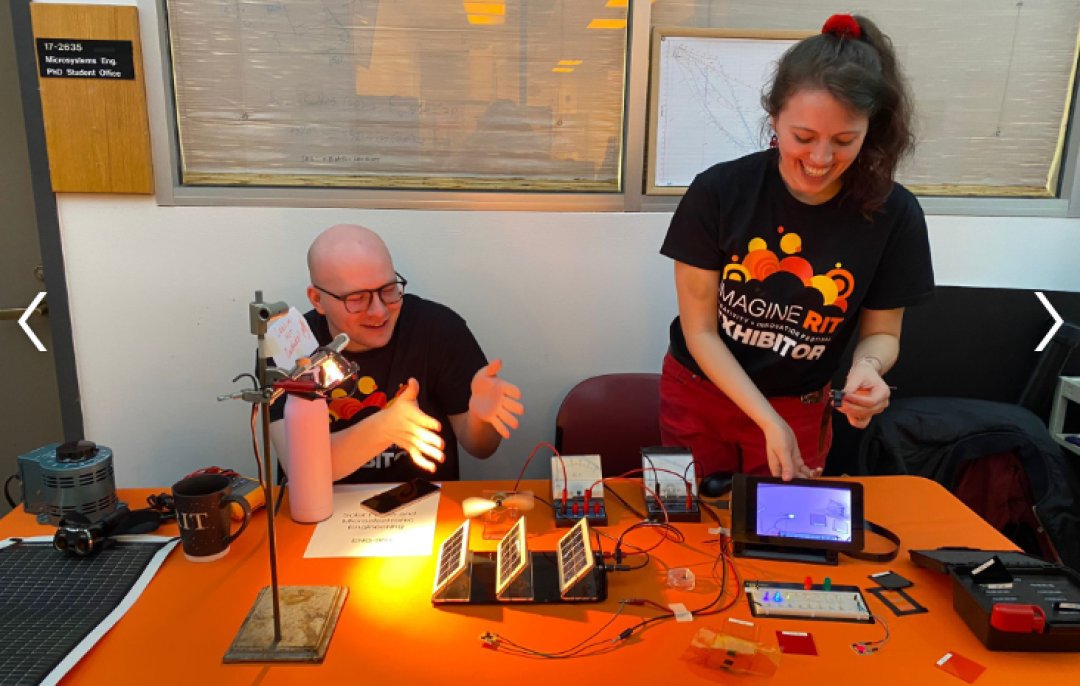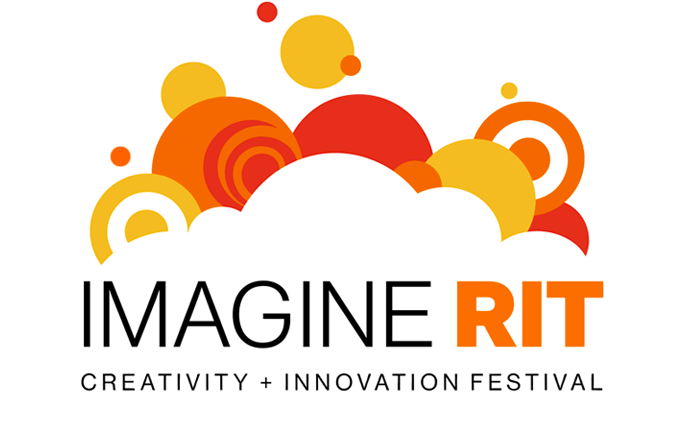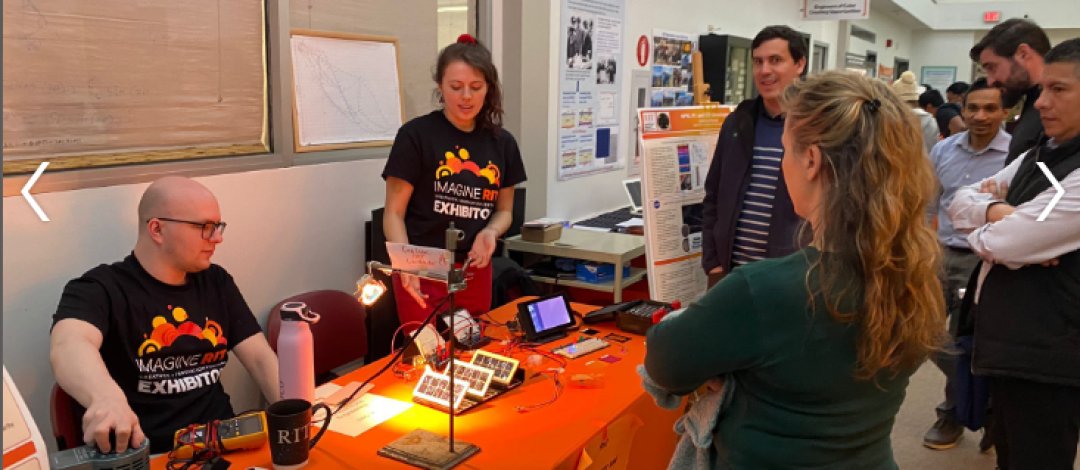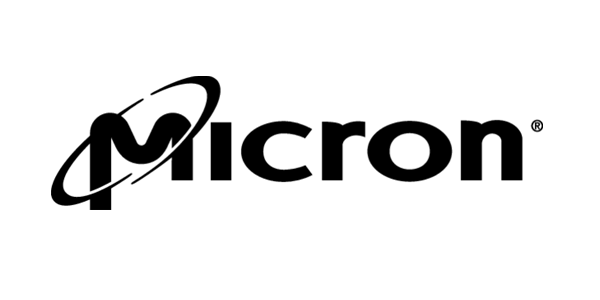NanoPower Solar Cell & LEDs: Experiment & Explore!
Ever wondered how solar cells or LEDs work? Turns out, they're closely related - and we make both of them here at RIT! At this exhibit, (1) get your hands on some real solar panels to discover how they make electricity, how shade and light intensity impacts their output, and how they can be coupled with other clean energy generation methods. (2) Play with light filters and LEDs to discover how we choose materials for solar cells to best absorb the light from the sun, as well as to make LEDs emit the right colors of light. (3) Learn how the atoms within materials interact with the same incoming light and transform it into electricity (solar cell) or use electricity to produce light (LED). (4) Compare solar cells of different materials to see how and why some can be made super thin and flexible and others are rigid and thick. (5) Talk to RIT scientists and engineers to find out how we are making more efficient, resilient, and cost effective solar cells and LEDs - and see some of our work! We'll be there to talk you through the exhibit at a level appropriate to you - from toddlers to 95. (1) This is a set of solar panels attached to a fan and powered by a projector bulb. Turning the bulb up and down, we can see how the intensity of the sunlight affects how fast the solar cells can make the fan spin, along with a readout of the current and voltage the solar cells are producing. We can cover all or part of the solar array with our hands to see how dirt, shade from trees, or snow can affect the performance of a solar panel. (2) This station has color filters that absorb different wavelengths of LEDs showing how different materials can absorb or block out different parts of the spectrum, as well as a live IR/visual camera that illustrates how CCDs reproduce our world in photographs by absorbing light. This illustrates how we can create multijunction solar cells to more efficiently utilize the solar spectrum by stacking multiple types of materials that absorb different colors of light. (3) This is a small interactive game helping you to understand light emission and absorption by electrons. (4) This is a bunch of solar cells and panels made of different materials that visitors can touch. (5) This is posters and samples showing real research projects by our group, as well as general information about different kinds of solar power and applications.
Imagine RIT 2023. Image credit: Sadie Coffin

Imagine RIT 2023. Image credit: Sadie Coffin
Topics
Exhibitor
Katelynn Fleming
Mahan Sahafipourfard
Elijah Sacchitella
Anthony Mazur
Advisor(s)
Seth Hubbard, Steve Polly
Organization
This work is based on the research from Professor Seth Hubbard's group and the NanoPower Research Laboratory. It forms the basis of graduate student, faculty, and staff research in the group.
Thank you to all of our sponsors!








